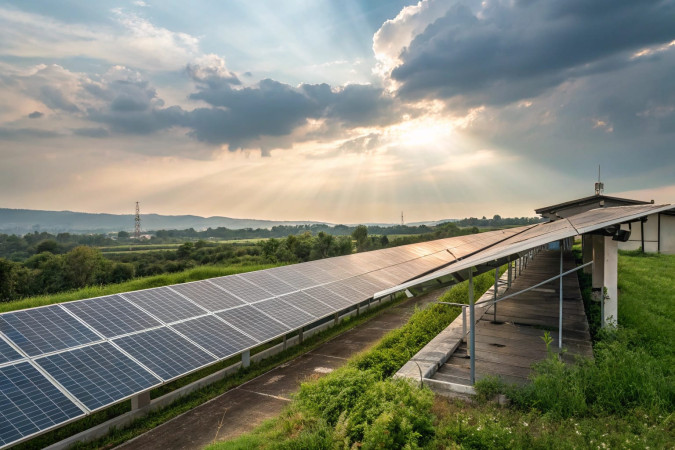
Follow India Renewable Energy News on WhatsApp for exclusive updates on clean energy news and insights
Maharashtra’s Power Pricing Shift Sparks Concern Among Solar Firms and Users
Mar 24, 2025
A proposed overhaul in Maharashtra’s electricity pricing framework by the Maharashtra State Electricity Distribution Corp. Ltd (MSEDCL) has triggered unease among solar companies and consumers. Aimed at preparing for a surge in solar energy in the coming years, the plan seeks to optimize power usage but has raised fears of higher costs and operational disruptions in India’s fifth-largest solar power state.
MSEDCL’s latest tariff proposal for FY26-FY30, submitted to the Maharashtra Electricity Regulatory Commission (MERC), introduces a significant change by setting the lowest rates for power generated between 9 AM and 5 PM. Industry stakeholders argue this shift effectively eliminates the practice of power banking—where surplus solar energy is stored with the distributor and retrieved later—forcing producers to renegotiate contracts and potentially increasing procurement expenses.
Under the current time-of-day (TOD) system, solar producers can bank excess power generated during peak daylight hours (9 AM to 5 PM) and access it anytime outside the high-cost evening slot of 6 PM to 10 PM. The proposed structure, however, restricts withdrawals to the same 9 AM to 5 PM window when solar supply is already plentiful, rendering banking obsolete.
The National Solar Energy Federation of India (NSEFI), representing renewable energy producers, has strongly criticized the move. In a letter to MERC, reviewed by this publication, NSEFI stated, “MSEDCL’s proposed TOD revisions seem designed to upend Maharashtra’s existing regulatory framework, stripping solar companies of their ability to bank energy with the distributor.” The group warned that the changes could undermine the viability of solar investments.
The proposal has also drawn objections from data center operators reliant on renewable energy, who, alongside NSEFI, have urged MERC to preserve the existing TOD model. The commission is yet to rule on the matter, leaving the industry in limbo as it braces for potential cost hikes and operational challenges.
While MSEDCL frames the plan as a forward-looking strategy to manage an anticipated boom in solar capacity, critics argue it could inadvertently drive up power prices and disrupt the state’s renewable energy ecosystem. As Maharashtra balances efficiency with affordability, the outcome of this proposal could reshape the future of solar power in the region.